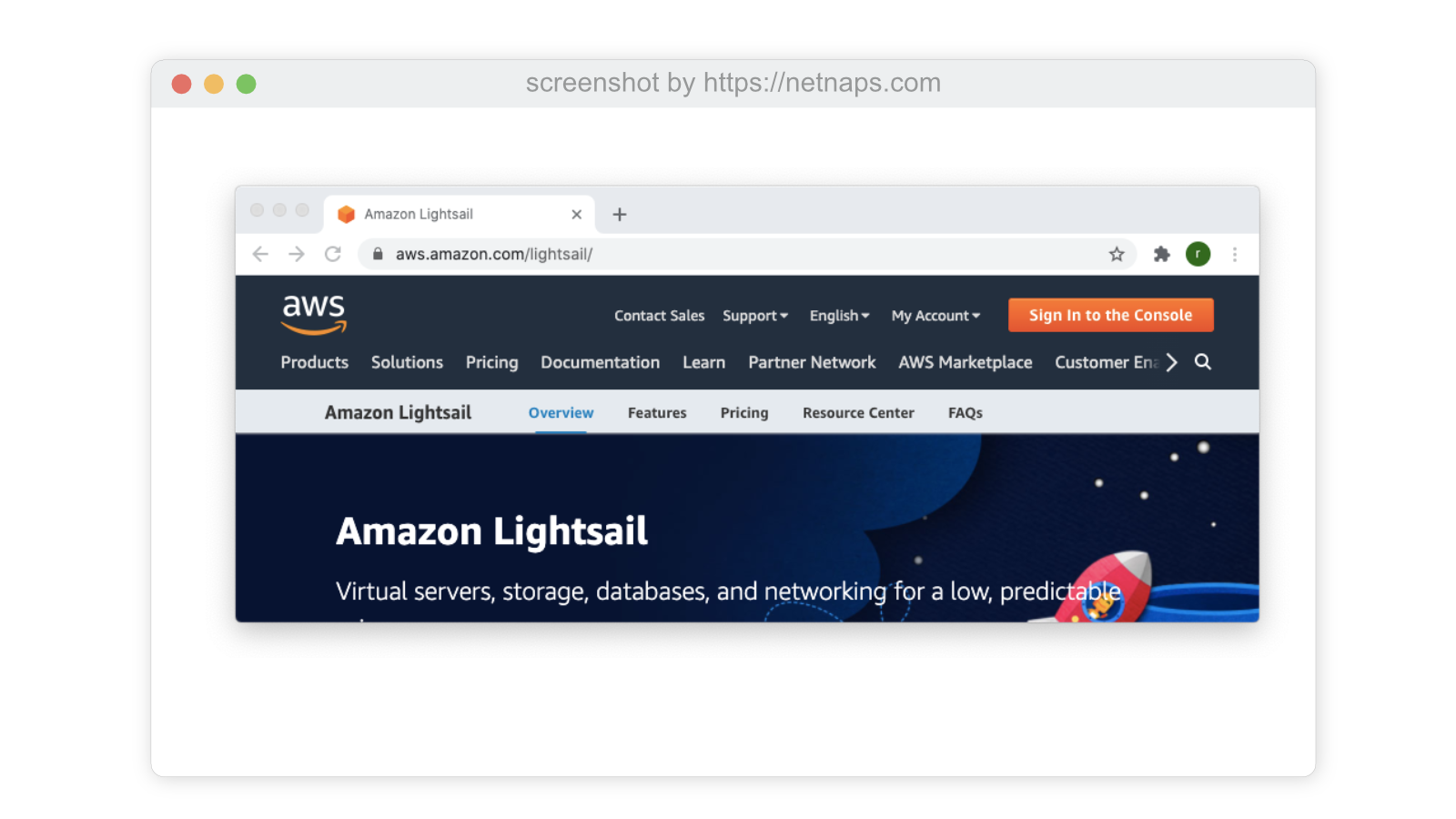20 Definitive Reasons for No Traffic on WordPress Blog
Are you struggling to attract visitors to your website despite putting in hours of effort? You’re not alone. Many website owners face the challenge of low organic traffic, often due to overlooked issues or common mistakes. In this article, we’ll explore definitive reasons for no traffic and provide actionable solutions to help you boost your website’s visibility and rankings. Let’s dive in!
Why Is Your WordPress Blog Not Getting Traffic?
Before we explore the reasons, it’s important to understand that organic traffic is driven by search engines like Google. If your WordPress blog isn’t optimized for search engines or user experience, it’s unlikely to rank well or attract visitors. Below are the top reasons for no traffic on website and how to fix them.
20 Reasons for No Traffic :
1. Poor SEO Optimization
- Reason: Without proper SEO, your blog won’t rank in search results.
- Solution: Use plugins like Yoast SEO or Rank Math to optimize titles, meta descriptions, and keywords.
2. Lack of Quality Content
- Reason: Thin or irrelevant content doesn’t engage users or rank well.
- Solution: Create in-depth, valuable, and original content that addresses user intent.
3. Slow Website Speed
- Reason: Slow-loading websites frustrate users and rank lower in search results.
- Solution: Optimize images, use caching plugins, and choose a reliable hosting provider.
4. Not Targeting the Right Keywords
- Reason: Targeting overly competitive or irrelevant keywords won’t drive traffic.
- Solution: Use tools like Google Keyword Planner or Ahrefs to find low-competition, high-traffic keywords.
5. Ignoring Mobile Optimization
- Reason: A non-responsive design alienates mobile users, who make up most web traffic.
- Solution: Use a mobile-friendly WordPress theme and test your site on different devices.
6. No Backlinks
- Reason: Backlinks are crucial for SEO and domain authority.
- Solution: Build backlinks through guest posting, outreach, and creating shareable content.
7. Poor Website Structure
- Reason: A confusing website structure makes it hard for users and search engines to navigate.
- Solution: Use clear categories, tags, and internal linking to improve navigation.
8. Lack of Social Media Promotion
- Reason: Without promotion, your content won’t reach a wider audience.
- Solution: Share your posts on social media platforms and engage with your audience.
9. Not Using Analytics
- Reason: Without tracking performance, you can’t identify issues or opportunities.
- Solution: Use Google Analytics and Search Console to monitor traffic and user behavior.
10. Ignoring On-Page SEO
- Reason: Missing on-page SEO elements like alt text, headers, and meta tags hurt rankings.
- Solution: Optimize every post for on-page SEO using plugins like Yoast.
11. Duplicate Content
- Reason: Duplicate content confuses search engines and can lead to penalties.
- Solution: Use tools like Copyscape to ensure content originality.
12. Not Updating Old Content
- Reason: Outdated content loses relevance and rankings over time.
- Solution: Regularly update old posts with fresh information and keywords.
13. Poor User Experience (UX)
- Reason: A cluttered or hard-to-use website drives visitors away.
- Solution: Simplify your design, improve readability, and ensure fast load times.
14. No Clear Call-to-Action (CTA)
- Reason: Without a CTA, users don’t know what to do next.
- Solution: Add clear CTAs like “Subscribe,” “Share,” or “Read More.”
15. Ignoring Local SEO
- Reason: If you’re a local business, ignoring local SEO means missing out on local traffic.
- Solution: Optimize for local keywords and create a Google My Business profile.
16. Not Using Schema Markup
- Reason: Schema markup helps search engines understand your content better.
- Solution: Use plugins like Schema Pro to add structured data.
17. Overlooking Internal Linking
- Reason: Internal links improve navigation and distribute link equity.
- Solution: Link related posts and pages to keep users engaged.
18. Not Targeting Long-Tail Keywords
- Reason: Long-tail keywords are easier to rank for and attract targeted traffic.
- Solution: Research and incorporate long-tail keywords into your content.
19. Ignoring Competitor Analysis
- Reason: Without analyzing competitors, you miss out on valuable insights.
- Solution: Use tools like SEMrush or Ahrefs to study competitors’ strategies.
20. Lack of Consistency
- Reason: Irregular posting schedules confuse users and search engines.
- Solution: Publish high-quality content consistently to build trust and authority.
How to Get More Traffic on Your Website :
Now that you know the reasons for no traffic on website, here’s how to turn things around:
- Focus on SEO: Optimize your content, meta tags, and keywords.
- Create Shareable Content: Write engaging, valuable posts that users want to share.
- Promote Your Blog: Use social media, email marketing, and guest posting to reach a wider audience.
- Monitor Performance: Use analytics tools to track progress and make improvements.
- Engage with Your Audience: Respond to comments, emails, and social media interactions.
Conclusion
If your blog isn’t getting traffic, it’s time to identify and address the underlying issues. By understanding the reasons above for no traffic on WordPress and implementing the solutions provided, you can boost your website’s visibility, rankings, and organic traffic. Start optimizing today and watch your blog grow!
Have you experienced low traffic on your WordPress blog? Which of these reasons resonated with you? Share your thoughts in the comments below! For more tips on growing your blog, explore our WordPress resources.
